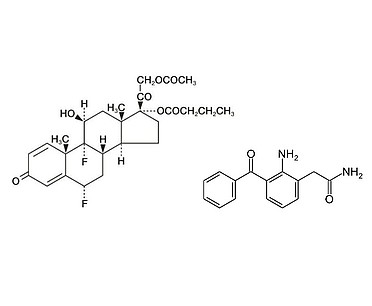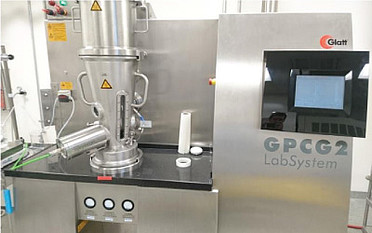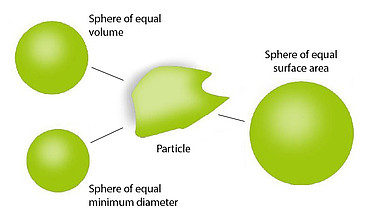

Spectroscopy plays a vital role in the development and analysis of small molecule drugs throughout the biopharmaceutical process. In drug discovery and development, Spectroscopic techniques like UV-Vis, fluorescence, and NMR spectroscopy are used to screen large libraries of potential drug candidates for their interaction with target molecules, identifying promising leads for further investigation. Spectroscopy helps determine the structure of newly discovered small molecules, which is essential for understanding their properties and potential therapeutic effects. Spectroscopic techniques can be used to study the interaction between small molecules and their targets, providing valuable information on the mechanism of action and potential side effects. Spectroscopy assists in optimizing the formulation of small-molecule drugs by investigating interactions between drug molecules and excipients, ensuring stability and efficacy.
In manufacturing and quality control, it assists in process monitoring, product characterization, and release testing. In clinical applications, spectroscopy helps understand the absorption, distribution, metabolism, and excretion of small molecule drugs, aiding in dose optimization and treatment efficacy. It can monitor the safety and efficacy of small-molecule drugs in patients and identify metabolites. Raman Microscopes are used mapping the distribution of API and excipients in pill formulations, and locating and identifying foreign objects that can show up in the manufacturing process.
The advantages of spectroscopy for small-molecule drugs are that it’s non-destructive, has high sensitivity and specificity, performs rapid and high throughput analysis, and generates multi-dimensional information.
MicroRaman Spectrometer - Confocal Raman Microscope
一种简单、快速、“无栏”的分子指纹技术
Simultaneous Multi-Laser Nanoparticle Tracking Analysis (NTA)
荧光及吸收光谱仪
Affordable Benchtop Raman Spectrometer
X-ray Analytical Microscope (Micro-XRF)
电容式压力计
如您有任何疑问,请在此留下详细需求信息,我们将竭诚为您服务。


